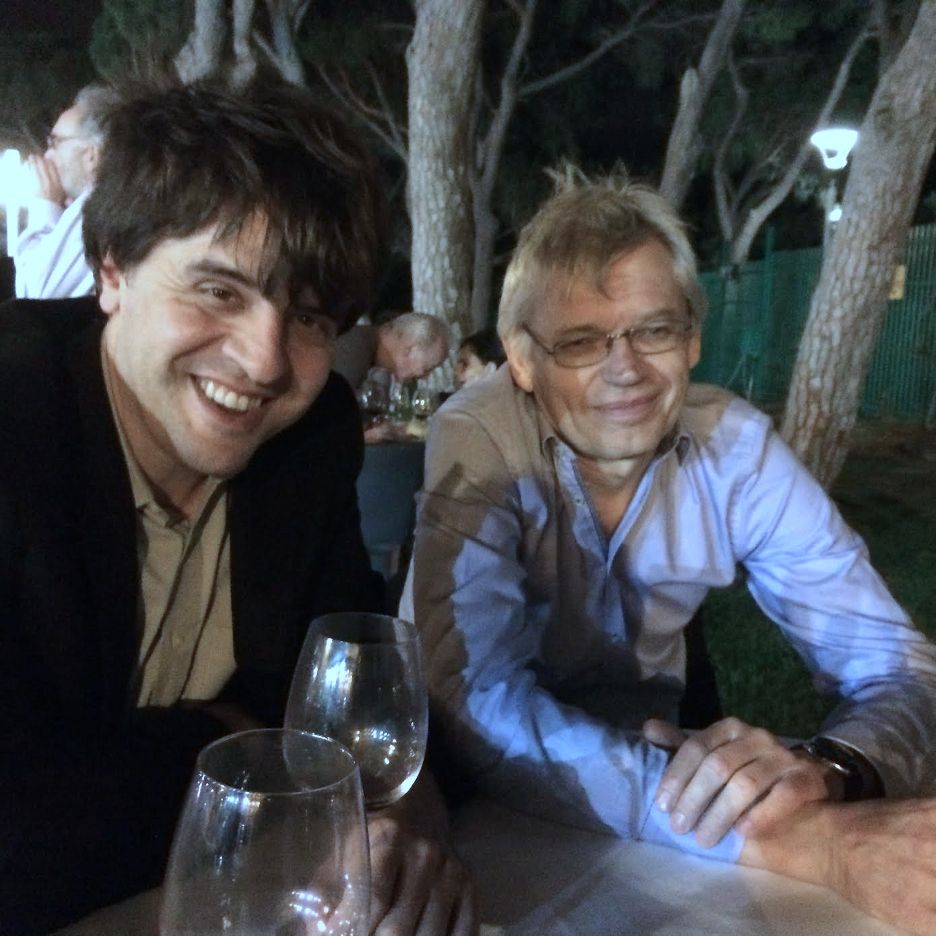
📅 Dec. 2, 9-10:30am PT
📍 Online
🔗 Register: https://alleninstitute.org/events/neuroscience-cell-types-webinars/
#studyBRAIN #neuroskyence

📅 Dec. 2, 9-10:30am PT
📍 Online
🔗 Register: https://alleninstitute.org/events/neuroscience-cell-types-webinars/
#studyBRAIN #neuroskyence

t.co/JrJen2WGBV
& adapt a fig. of PMID:28912215 (2017) with my long-time collaborator Peter Hegemann (pic: a memory from 2017).

t.co/JrJen2WGBV
& adapt a fig. of PMID:28912215 (2017) with my long-time collaborator Peter Hegemann (pic: a memory from 2017).
You folks with lots of research funds & power: young scientists more than ever need our respect and support even if you don't agree with their ideas and approaches
#sfn2025
You folks with lots of research funds & power: young scientists more than ever need our respect and support even if you don't agree with their ideas and approaches
#sfn2025


hhmi.wd1.myworkdayjobs.com/en-US/Extern...

hhmi.wd1.myworkdayjobs.com/en-US/Extern...
Thank you @artologica.net for compiling all the artists in one digital space for all to peruse!
Thank you @artologica.net for compiling all the artists in one digital space for all to peruse!
We compared deer mice evolved in forest vs prairie habitats. We found that forest mice have:
(1) more corticospinal neurons (CSNs)
(2) better hand dexterity
(3) more dexterous climbing, which is linked to CSN number🧵
We compared deer mice evolved in forest vs prairie habitats. We found that forest mice have:
(1) more corticospinal neurons (CSNs)
(2) better hand dexterity
(3) more dexterous climbing, which is linked to CSN number🧵

www.raajgowrishankarlab.org
www.raajgowrishankarlab.org
www.science.org/doi/10.1126/...

www.science.org/doi/10.1126/...
vist.ly/4dgyn

If you are interested in meeting at SfN, please email me! www.sosaneurolab.com/join/postdoc...

If you are interested in meeting at SfN, please email me! www.sosaneurolab.com/join/postdoc...
www.nature.com/articles/s41...
www.nature.com/articles/s41...

www.nature.com/articles/s41...

www.nature.com/articles/s41...
Work by @Jeff Moore now at USC, a collaboration with @Sam Pfaff lab


Work by @Jeff Moore now at USC, a collaboration with @Sam Pfaff lab
doi.org/10.1016/j.ti...
#neuroskyence

doi.org/10.1016/j.ti...
#neuroskyence
“When it inevitably comes time for Stanford to choose, we must remember that we owe our loyalty not to any executive branch official but to our own foundational principles. We must be ready, when it’s our turn, to walk away.”
stanforddaily.com/2025/10/12/f...

“When it inevitably comes time for Stanford to choose, we must remember that we owe our loyalty not to any executive branch official but to our own foundational principles. We must be ready, when it’s our turn, to walk away.”
stanforddaily.com/2025/10/12/f...
www.nature.com/articles/s41...

www.nature.com/articles/s41...
@ubcpsych.bsky.social @dmcbrainhealth.bsky.social
@ubcpsych.bsky.social @dmcbrainhealth.bsky.social
Monkeys show the same pattern of “optimistic” exploration in multi-arm bandits www.biorxiv.org/content/10.1...
Monkeys show the same pattern of “optimistic” exploration in multi-arm bandits www.biorxiv.org/content/10.1...


